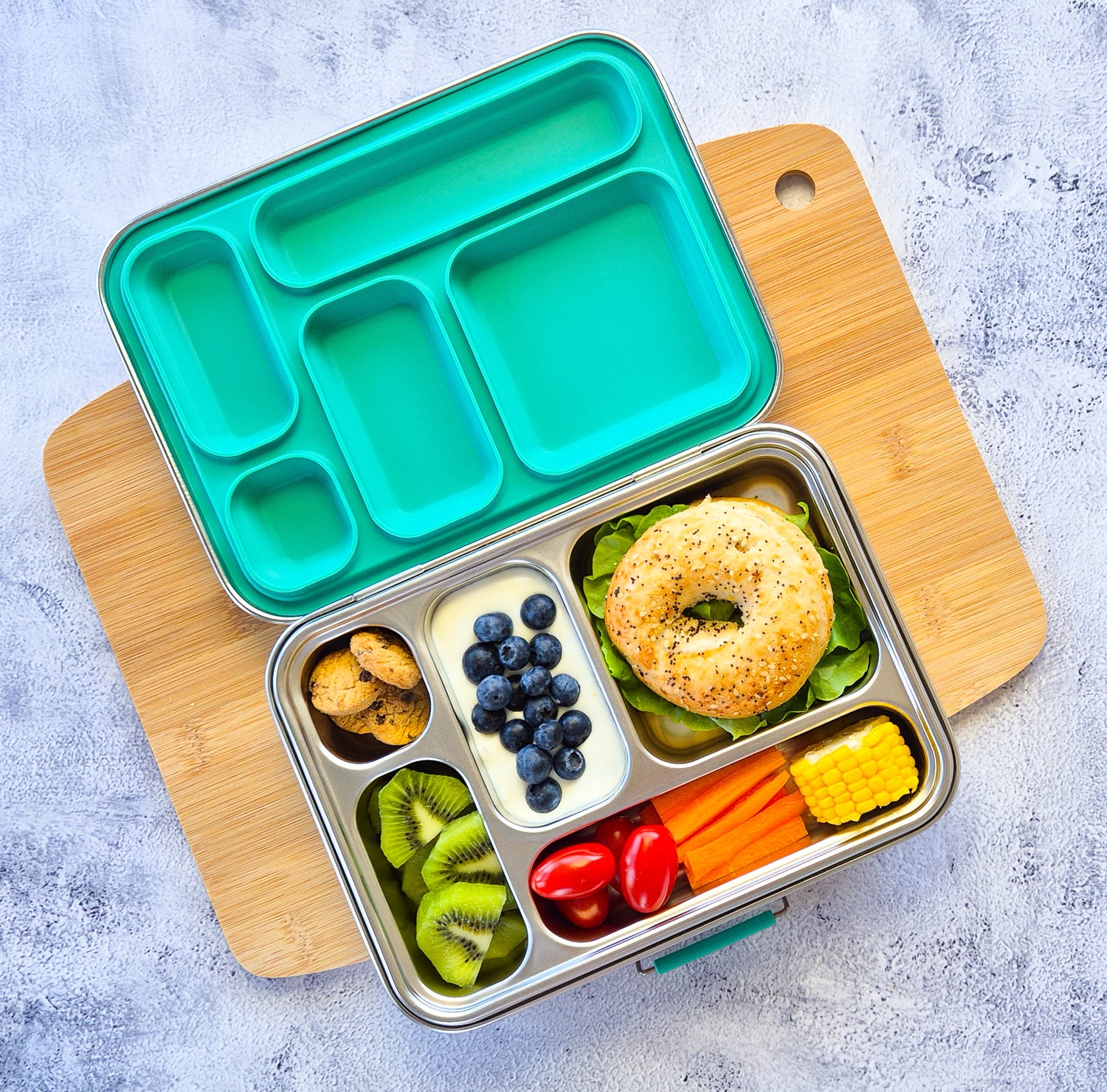Why Should I Choose BPA-Free Drink Bottles?
You may have heard about the risks of using everyday products, including drink bottles, that contain BPA.
But what is BPA and how does it harm your health? What proactive steps can we take to reduce our exposure to BPA?
We answer all these questions in our guide to understanding BPA and why products such as BPA-free water bottles can help keep you healthy.
What is BPA?
BPA’s full name is bisphenol A. It’s a synthetic chemical used in the manufacture of plastics and resins.
Plastic containing BPA is widely used in food containers, baby feeding bottles and the plastic water bottles that we all use on a daily basis.
You can see that BPA is all around us and used in many aspects of our everyday lives. In fact, the list of products that contain BPA goes on: toiletries, electronic goods, lenses for glasses and sealants used in dentistry to name just a few.
How does BPA get into your body?
If you consume food or drink from containers made with BPA, it can get into your body when it mixes with whatever is stored in there.
We know this through studies such as this report by the World Health Organization (1), which found that breastfed babies had BPA levels up to eight times lower than babies who were fed formula in bottles containing BPA.
What are the dangers of BPA?
BPA presents a number of health risks that have been evidenced by scientific research.
For example, research has found that men with elevated BPA levels were up to four times more likely to have a low sperm count and low sperm concentration (2).
Another study (3) found that women who had recurrent miscarriages had levels of BPA in their blood that were three times higher than those of women with successful pregnancies.
A survey (4) of a sample of the American population found a link between higher BPA levels and an increased risk of heart disease and type 2 diabetes.
According to a study (5) carried out on monkeys (who share many characteristics with humans), exposure to BPA resulted in the loss of connections between the cells in their brains.
And it can also weaken your immune system, as evidenced in this review (6).
There are many other searchable studies that link BPA levels with many other health conditions, including asthma, obesity, and liver and thyroid disease.
How can I reduce my BPA exposure?
If you are worried about BPA, there are several measures you can take to reduce your exposure.
For a start, you can reduce the amount of canned food you consume.
It’s also a good idea to avoid heating plastic food containers made with BPA, so don’t put them in the dishwasher or microwave. This is because heat can break down their structure and cause BPA to leak into food.
You could consider using alternatives such as glass or ceramic food and liquid containers.
You can also look for BPA-free water bottles. BPA exposure may be a particular concern if you have children who take a water bottle to school every day. Fortunately, it’s easy to find children’s drink bottles that are BPA-free.
BPA free water bottles: a quick win
It’s clear that BPA-free drink bottles are an easy win when it comes to reducing the amount of BPA exposure in your everyday life. We’re encouraged to drink water constantly throughout the day, and so drink bottles may be the most significant source of BPA for many people. Replacing them with BPA-free options is a great start to reducing the health risks associated with this chemical.
You can then go on to replace any products containing BPA in your home with BPA-free alternatives and enjoy the peace of mind of knowing that you're working towards a healthier, more natural lifestyle.
References
- ‘Toxicological And Health Aspects of Bisphenol A, Report of Joint FAO/WHO Expert Meeting 2-5 November 2010’ and ‘Report of Stakeholder Meeting on Bisphenol A 1 November 2010’, World Health Organization.
- Li D, Zhou Z, Miao M, He Y, Wang J, Ferber J, Herrinton L, Gao E, Yuan W, 2011. ‘Urine bisphenol-A (BPA) level in relation to semen quality’, Fertility and Sterility, 95(2):625-30.
- Sugiura-Ogasawara M, Ozaki Y, Sonta S, Makino T, Suzumori K, 2005. ‘Exposure to bisphenol A is associated with recurrent miscarriage’, Human Reproduction, 20(8):2325-9.
- Lang I, Galloway T, Scarlett A, Henley W, Depledge M, Wallace R, Melzer D, 2008. ‘Association of urinary bisphenol A concentration with medical disorders and laboratory abnormalities in adults’, Journal of the American Medical Association, 300(11):1303-10.
- Leranth C, Hajszn T, Szigeti-Buck K, Bober J, MacLusky N, 2008. ‘Bisphenol A prevents the synaptogenic response to estradiol in hippocampus and prefrontal cortex of ovariectomized nonhuman primates,’ Proceedings of the National Academy of Sciences of the United States of America, 105(37):14187-14191.
- Rogers J, Metz L, Wee Yong V, 2013. ‘Review: Endocrine disrupting chemicals and immune responses: a focus on bisphenol-A and its potential mechanisms’, Molecular Immunology, 53(4):421-30.














